The Poldo Tackle is a mechanical advantage system made of rope, specifically for drawing two objects together.
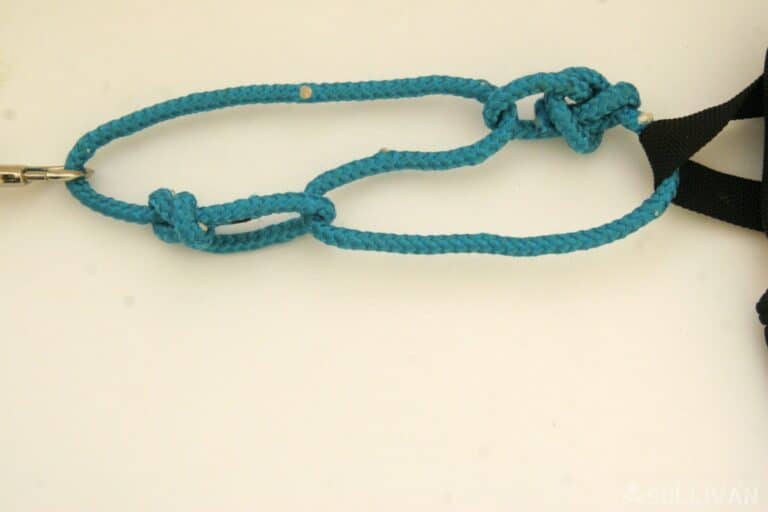
In practice, only one object has to actually move, as this is enough for the two to get closer: a load drawn up towards the ceiling, the sides of a backpack being compressed or keeping the stopper in a bottle would be good uses here.
Step 1. Prepare the line, leading one end through the first load:
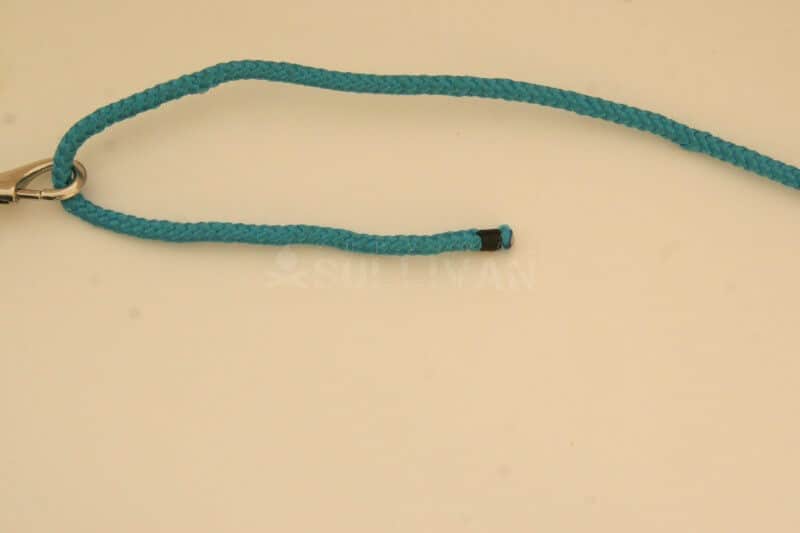
Step 2. Tie a loop in the end you just lead through the load. The picture shows a bowline, which is probably the most commonly used for this, but any end loop would work well:
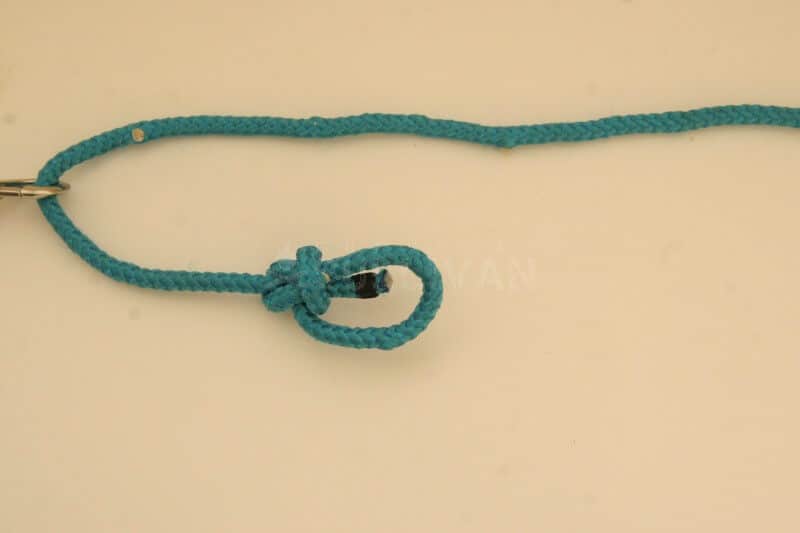
Step 3. Lead the other end (hereon the ‘working end’) through the loop you just made. Notice how a bight (further away from the first load than the loop knot) has been left in this part of the line (in the upper right of this picture):
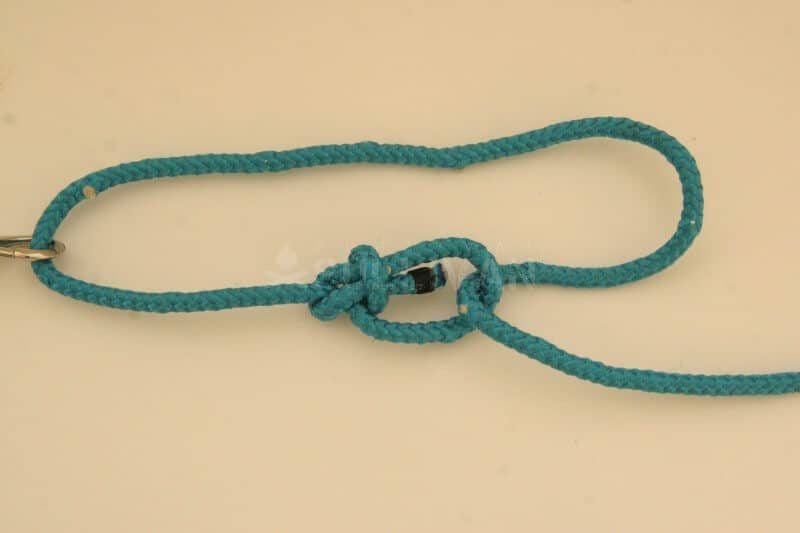
Step 4. Lead the working end through the other load. Notice that the bight is still clearly visible:
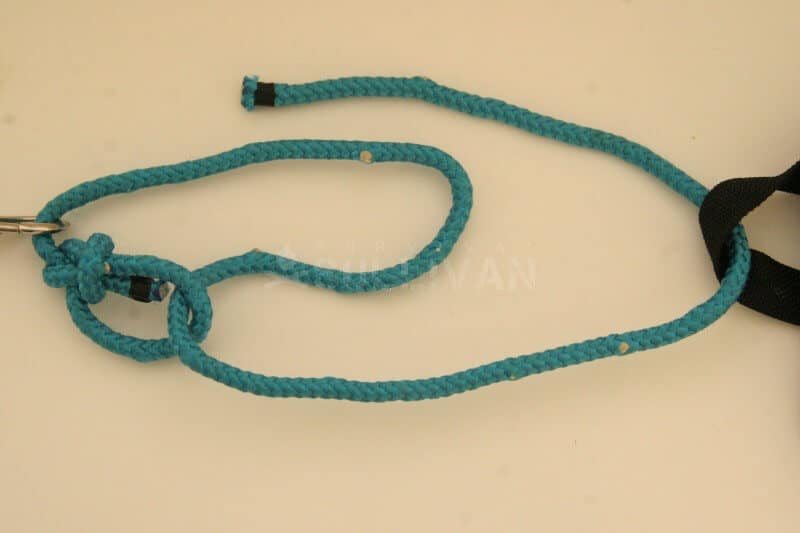
Step 5. Tie the working end in a loop around the bight:
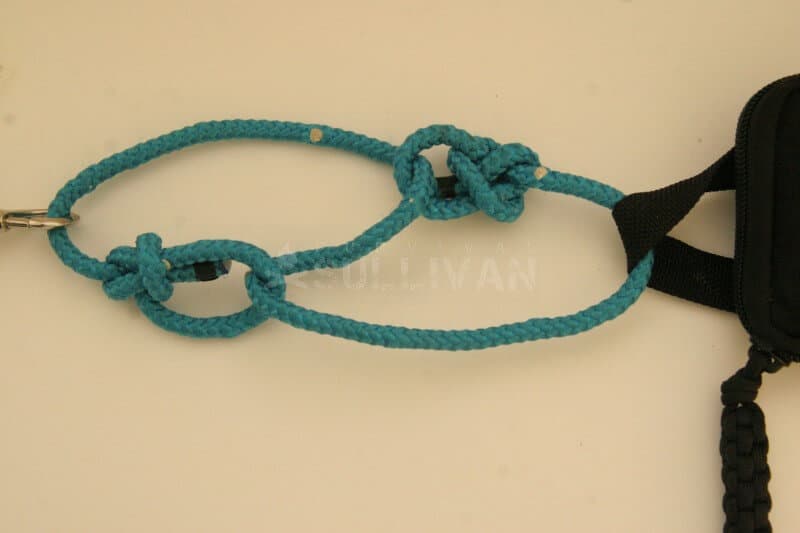
Step 6. Pulling the two loops apart will increase the tension in the system, pulling the loads together:
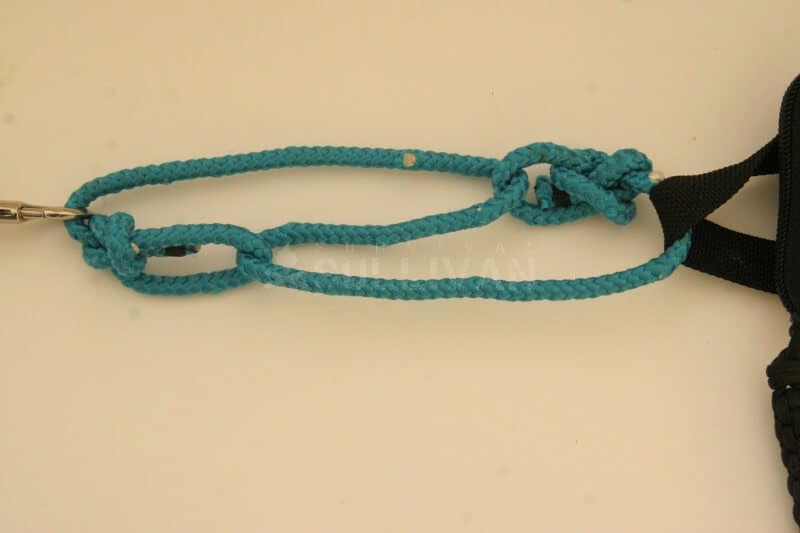
Step 7. Conversely, pulling the loops together will slacken the system and let the loads come apart:
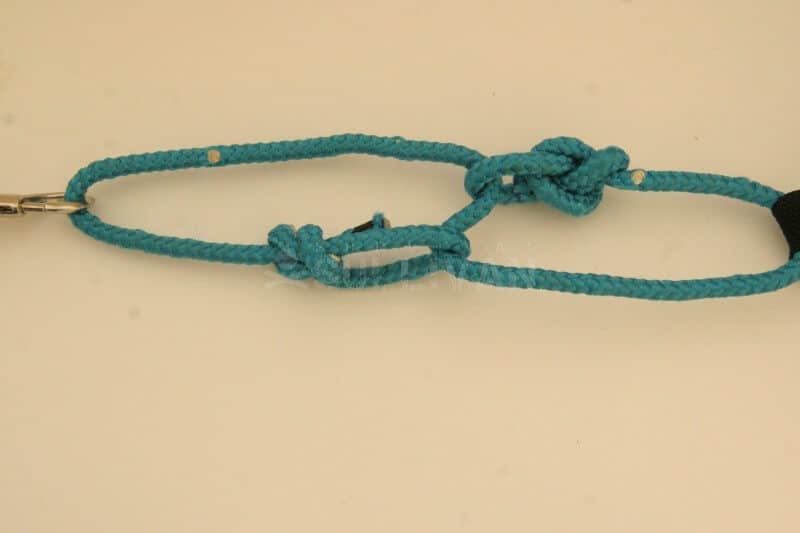
Step 8. This is a mid view, of the loops partially slack:

Additional Information
- The Poldo Tackle has a theoretical 2:1 mechanical advantage, though this is likely to be slightly less in practice because of the friction of the rope.
- Because the whole structure is self-contained (the Poldo Tackle exists just a structure of line regardless of whether it is actually wrapped around anything) it can be moved around and reimplemented without having to take it apart and remake it.
Related Knots
- The Trucker’s Hitch is another mechanical advantage system made of rope. It is generally better suite for situations where one load must be pulled toward a fixed anchor or a line needs to be tensioned, like a guy or ridge line for a tarp.
- The Versatackle is even stronger system, similar to the Trucker’s Hitch but with many more turns and much more friction, which makes it self locking.
- Check out our knot-tying guide for more.
Let’s Practice It
The Poldo Tackle is probably not the most versatile thing you will learn, only really useful in very specific applications, but it’s a nice thing to know how to do, and will improve you basic rigging skills You’ll be glad you learned it.
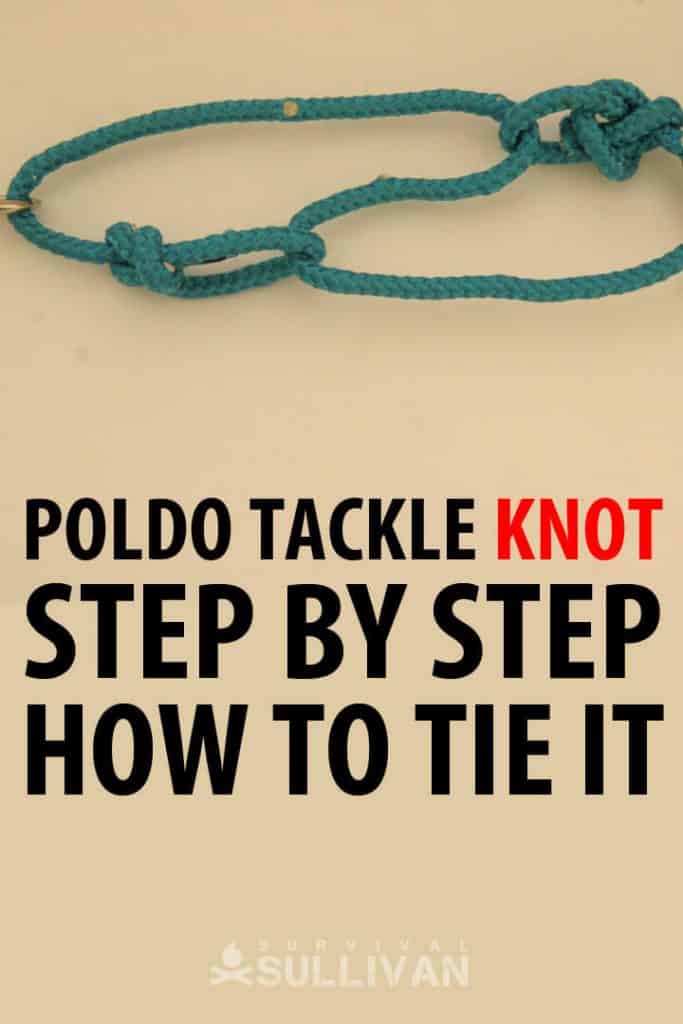
Nick O’Law has been exposed to survival from a very young age. In his teenage years, he learned A LOT about bushcrafting, such as making snares and traps, and even how to make DIY knives.
If you haven’t ye read and tried his knot-making articles on Survival Sullivan, you should definitely check them out.
